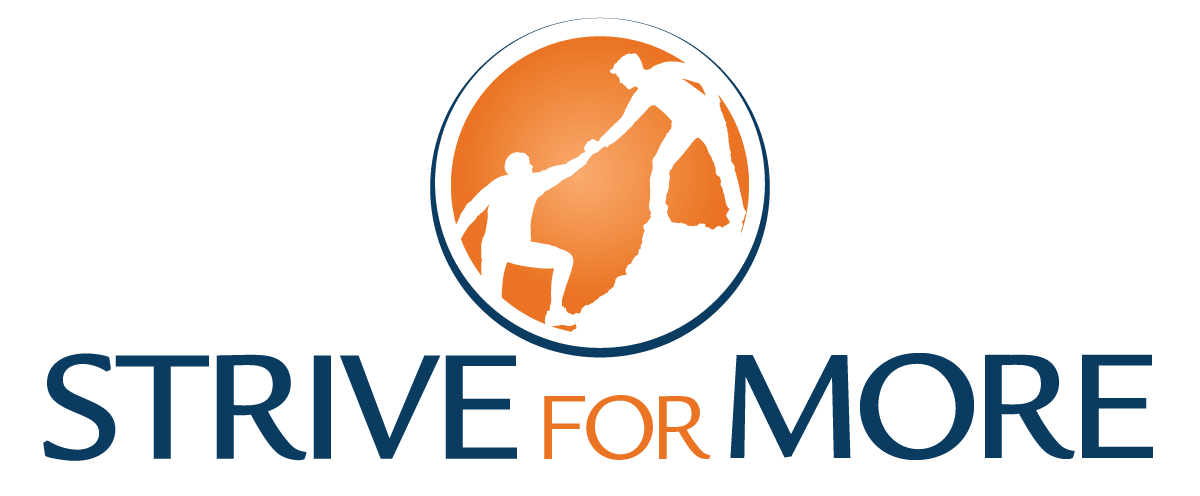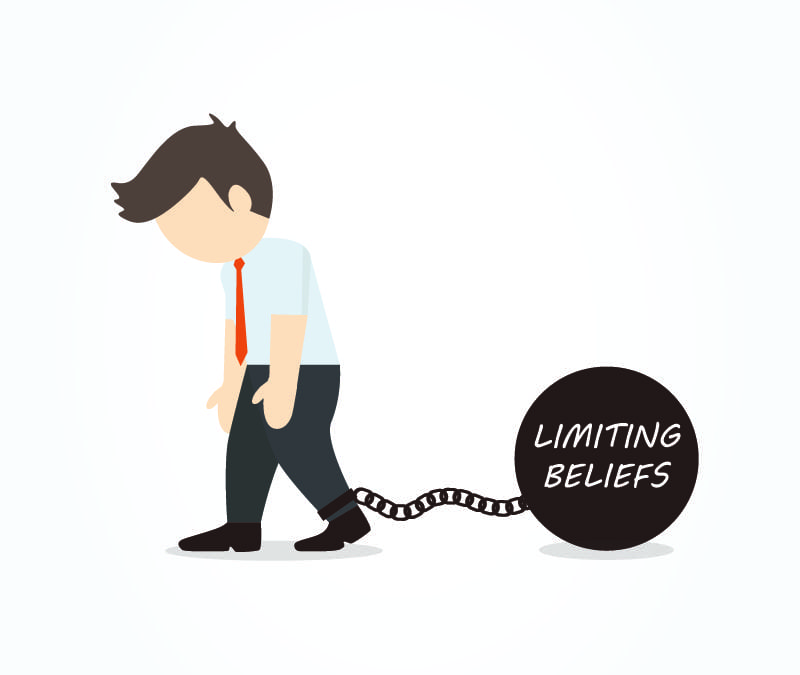As human beings, we hold beliefs about ourselves and the world around us. Sometimes, our beliefs are associated with negative thoughts and prevent us from thinking clearly. If left unchecked, these beliefs can hold us back in life. But if we are clouded by these beliefs, how can we recognize they limit us?
Fortunately, the answer comes from the works of Aaron Beck and David Burns. Aaron Beck, the founder of Cognitive Behavioral Therapy, observed negative self-talk within clients which prevented them from rational thought. He coined the term negative automatic thoughts (NATS) to describe this type of self-talk. For example:
- Thought – “I’ll never be able to do this because I am not good enough.”
- NAT – “I’m not good enough.”
- Rational Thought – “I’m having trouble doing this, but I have the ability to do it or find out how to do it.”
- Limitation – Confidence in oneself.
Beck also stated the strength of our emotional reaction increases with the strength of our distortion. David Burns, who observed NATS and beliefs within individuals during his research, categorized ten cognitive distortions which triggered the NATS and beliefs he observed. The ten cognitive distortions are:
- Over-generalizing – Create a conclusion based upon one instance.
- Reaction – After one occurrence, you expect the same result again and again.
- Example – “I got stood up. He’ll keep it doing it if I ask him out again.”
- Filtering – Focus solely on the negative; ignoring the positive.
- Reaction – Dismiss any positive outcomes, feedback, etc.
- Example – “We won more games than last year, but we still didn’t make the playoffs. We’re hopeless.”
- Magnifying – Exaggerating the circumstances.
- Reaction – Fearing the worst to the point of believing the circumstances are a disaster
- Example – “He walked right by me. He definitely hates me.”
- All or Nothing – Thinking in black and white.
- Reaction – There is no middle ground.
- Example – “Either you’re with me or you’re against me.”
- Disqualifying the Positive – Throwing away positive experiences
- Reaction – Discounting and rejecting a positive experience
- Example – “I won the marathon but it still wasn’t good enough.
- Jumping to the Wrong Conclusions – Negative assumptions without evidence.
- Reaction – Form your own negative meaning of another’s actions, feelings, or thoughts.
- Example – “I can tell she hates me by the way she looked at me.”
- Labelling – Unwarrantedly classifying an individual.
- Reaction – Calling yourself or another a name.
- Example – “You’re stupid.”
- Emotional Reasoning – Creating truth from feelings.
- Reaction – I feel this way so it must be true.
- Example – “I feel inadequate so I am inadequate.”
- Shoulds & Musts – Creating rigid constraints through “Should” & “Must.”
- Reaction – It has to be done this way.
- Examples – “Henry should do it this way,” and “I must be early to work to get a promotion.”
- Personalization & Blame – Assuming responsibility, irrespective of your involvement
- Reaction – Feelings of guilt, inadequacy, or shame.
- Example – “George got into a car accident and it’s all my fault because I let him drive.”
The context created by the works of Beck and Burns provides us with a way to begin recognizing the limiting beliefs we hold about ourselves and others. To do so, ask yourself “Which of the ten cognitive distortions resonate with me?” Can you see what NATS and limiting beliefs are associated with the distortions? Gaining awareness around our limiting beliefs is the first step to overcoming them.
References
Muth, N. D., & Green, D. J. (Eds.). (2014). Coaching Behavior Change. San Diego: American Council on Exercise.
Spry, D. (2010). Cognitive Behavioural Coaching Pocketbook. Alresford: Management Pocketbooks Ltd.

